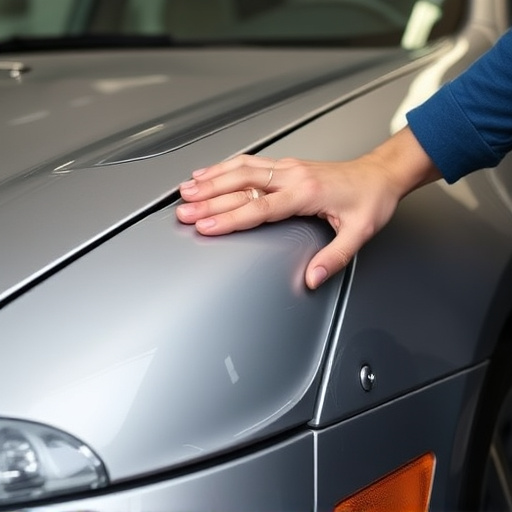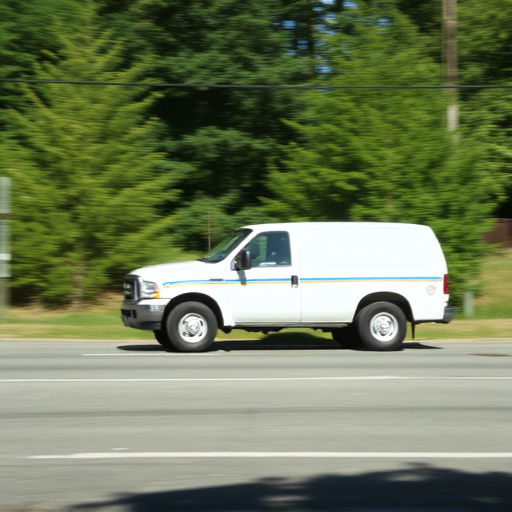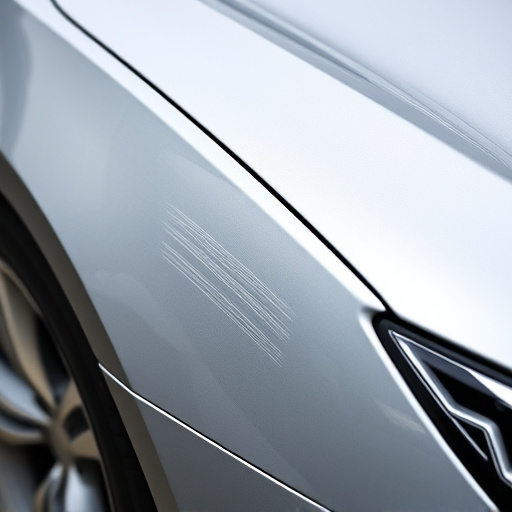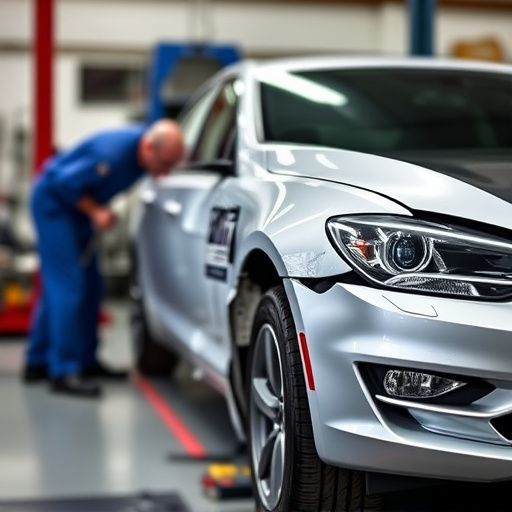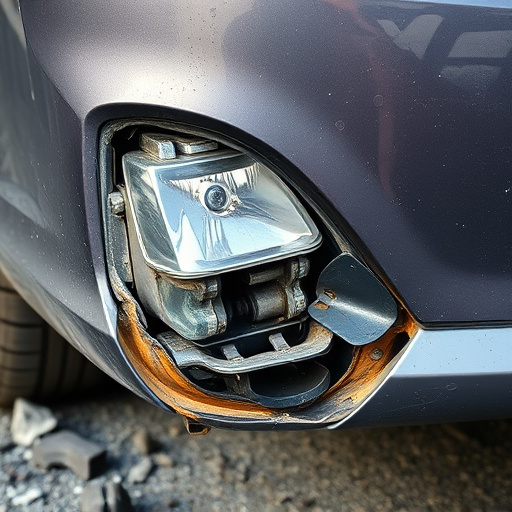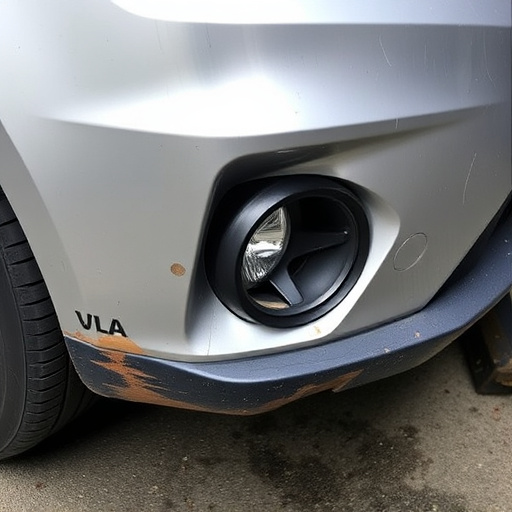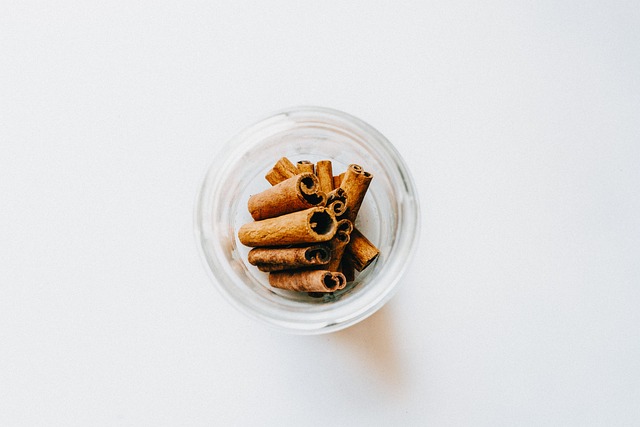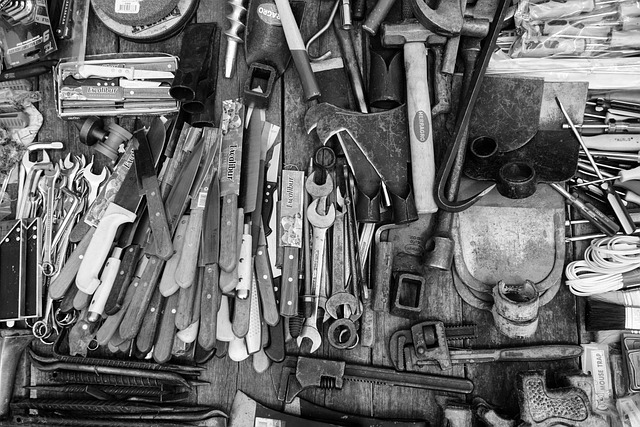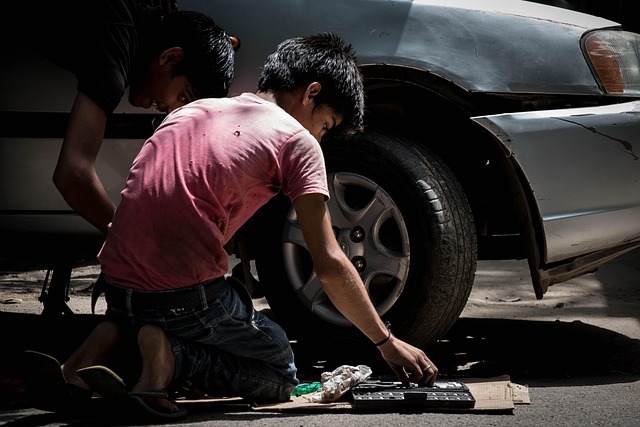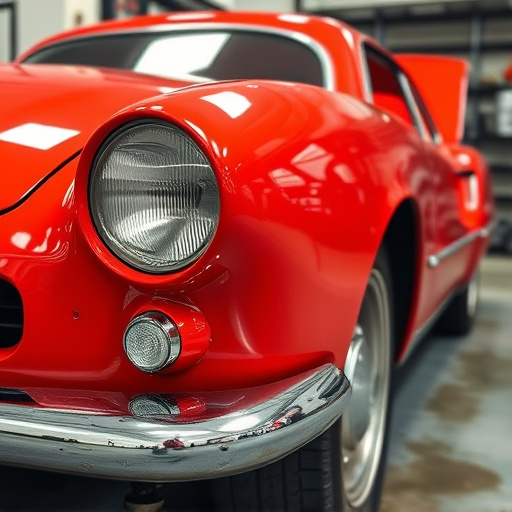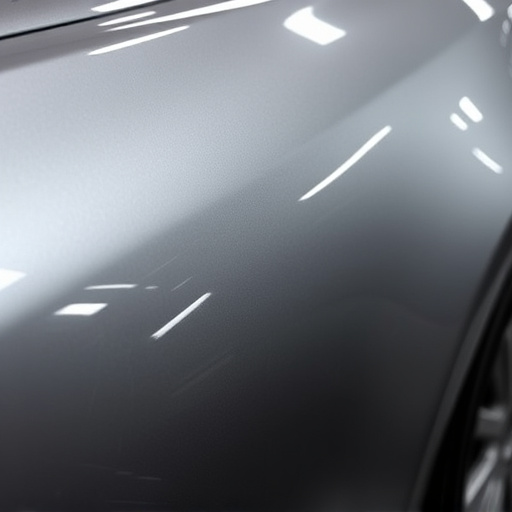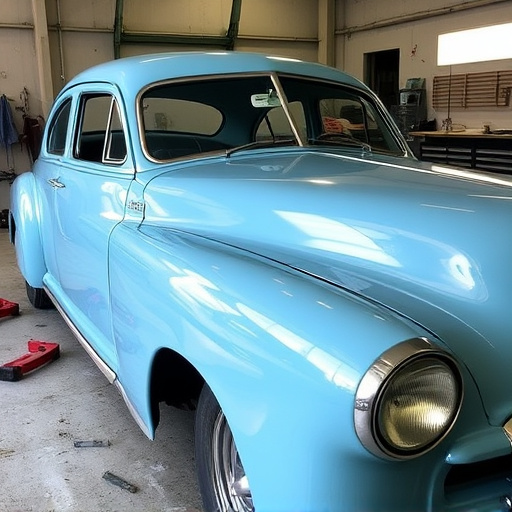Candy paint collision repair presents unique challenges due to its intricate multi-layer structure and delicate finish. Skilled technicians must expertly blend basecoats, midcoats, and topcoats to match not only color but also the gloss and texture of the specialized coating, ensuring a factory-like appearance. This precise process demands an understanding of candy paint properties to avoid damage and preserve the vehicle's stunning aesthetic appeal, utilizing advanced blending techniques for exceptional results.
In the realm of automotive restoration, candy paint collision repair stands out as a delicate art. This article delves into the advanced blending techniques used to restore vehicles with unique candy paint finishes. We begin by understanding the distinct properties of candy paint and the common challenges it presents in collision repair. Subsequently, we explore cutting-edge methods that deliver optimal results, ensuring these vibrant, distinctive finishes are restored to their former glory.
- Understanding Candy Paint and Its Unique Properties
- Common Challenges in Candy Paint Collision Restoration
- Advanced Blending Techniques for Optimal Results
Understanding Candy Paint and Its Unique Properties

Candy paint, a specialty finish used in automotive restoration and custom car building, has gained popularity for its stunning, glass-like appearance and eye-catching depth. Unlike traditional paints, candy paint collision repair involves complex blending techniques to match not just color but also the unique gloss and texture of this specialized coating. This process demands precision and skill from auto body repair experts as they navigate the intricate layers of candy paint, which often includes basecoats, midcoats, and topcoats designed to create a vibrant, iridescent effect.
The challenges of candy paint collision repair stem from its delicate nature. Bumper repair or car collision repair that involves this type of paint requires a careful assessment of the damage and a meticulous approach to restoration. Auto body repair technicians must inspect for chipping, scratching, or delamination in the paint, each requiring specific blending techniques to ensure a seamless, factory-like finish upon completion. Understanding the unique properties of candy paint is crucial for successful candy paint collision repair, guaranteeing that the restored vehicle retains its stunning aesthetic appeal.
Common Challenges in Candy Paint Collision Restoration

In the realm of car restoration, candy paint collision repair presents unique challenges that demand meticulous attention to detail. One of the primary difficulties lies in replicating the original glossy finish, a signature trait of candy paint. This intricate process requires skilled technicians to blend and match colors precisely, as any imperfection becomes readily visible due to the high-gloss nature of these paints. The smooth, reflective surface can also make it hard to identify where the repair should begin and end, adding a layer of complexity to the vehicle bodywork restoration.
Additionally, candy paint collision repair involves working with specialized techniques and materials, such as clear coat and base coat layers, which must be handled with care during the automotive repair process. The delicate balance between achieving a seamless blend and ensuring structural integrity within the vehicle’s bodywork is a common challenge that restorers must navigate. Skilled technicians employ various blending techniques to conceal damage, ensuring that the restored car not only looks pristine but also retains its unique aesthetic appeal.
Advanced Blending Techniques for Optimal Results
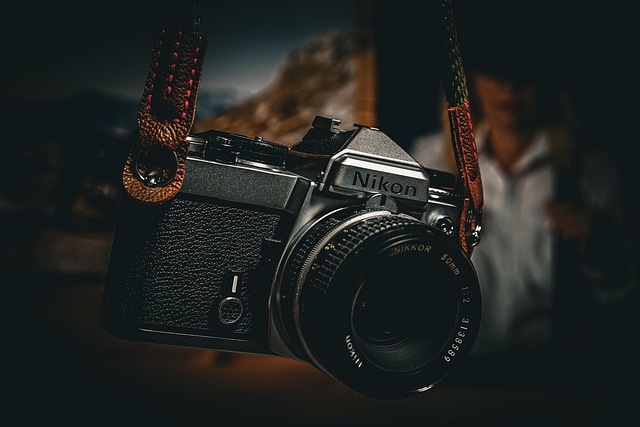
In the realm of candy paint collision restoration, achieving seamless fusion between old and new is paramount for optimal results. Advanced blending techniques play a crucial role in this process, ensuring that repaired areas harmonize perfectly with the original car paint services. Skilled technicians employ intricate methods, such as subtle tonal adjustments and precise shade matching, to merge the restored section seamlessly into the vehicle’s overall aesthetic.
These sophisticated techniques extend beyond simple color matching. Auto frame repair specialists meticulously blend the edges of repairs, using specialized tools and an eye for detail to create a smooth, virtually invisible transition. This meticulous approach is what transforms a damaged bumper repair into a testament to skilled craftsmanship, preserving the car’s original beauty and enhancing its overall value.
In the realm of candy paint collision repair, understanding the unique properties of this vibrant finish and mastering advanced blending techniques are key to achieving optimal results. By addressing common challenges head-on, restorers can ensure a seamless and durable repair that preserves the original allure of these distinctive vehicles. These techniques not only enhance the visual appeal but also safeguard the investment of car owners who value their candy paint finishes.
